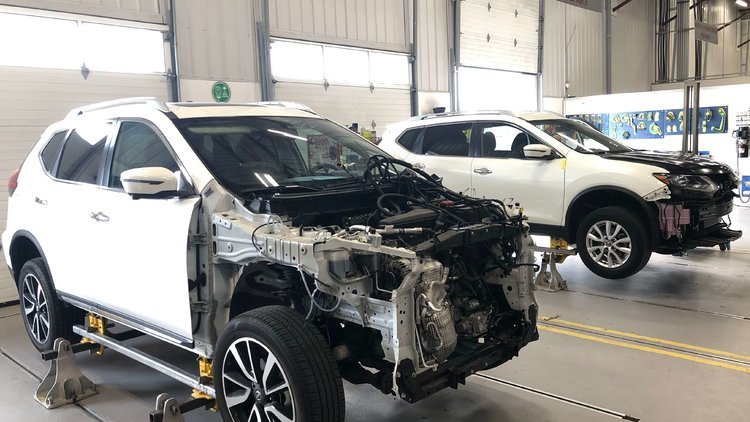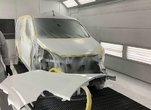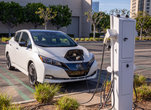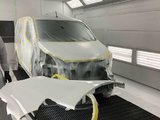Body Repair for Electric Vehicles: What You Need to Know
August 10 2023,

Electric vehicles (EVs) are rapidly becoming a significant part of the automotive landscape. With their unique design and mechanics, they offer a whole new set of challenges and considerations when it comes to body repair. If you own an EV or are considering purchasing one, understanding the intricacies of body repair for these vehicles is crucial. Let's dive in.
- Specialized Training Required
Given the complexity of EVs, body repair technicians need specialized training to handle them safely and effectively. These vehicles have high voltage systems, unique metals, and specific manufacturing methods, which require specialized knowledge and techniques for repair.
- Battery Considerations
The battery pack is the heart of an electric vehicle. Damages near the battery area or any sign of battery damage require immediate attention. It's not just about the potential performance issues but also safety, as compromised batteries can be hazardous.
- Structural Differences
Electric vehicles might have structural differences from their internal combustion engine counterparts. For instance, they may have additional reinforcement around the battery area to protect it from impacts. Technicians need to be aware of these differences to repair them correctly.
- Advanced Electronic Systems
EVs come packed with a plethora of sensors, cameras, and advanced driver assistance systems (ADAS). Any repair, especially on the vehicle's body, might require recalibrating these systems to ensure the car functions correctly post-repair.
- Unique Materials
To optimize for range and efficiency, many EVs use lightweight materials, such as aluminum or carbon fiber. Repairing these materials might require different tools and techniques than traditional steel repairs.
- Disconnecting the Battery
Before beginning any repair, it's essential to disconnect the vehicle's battery. However, this isn't as straightforward as disconnecting a traditional car battery. The process can vary across different EV brands and models, and it's vital to ensure all safety precautions are taken.
- OEM Guidelines
Original Equipment Manufacturer (OEM) repair guidelines are crucial for all vehicles but become even more critical for EVs. Adhering to these guidelines ensures the vehicle is repaired to the manufacturer's specifications, maintaining its safety and performance standards.
- Cooling Systems
Many electric vehicles have cooling systems to keep the battery at an optimal temperature. Damage to these systems or their components can have repercussions for the battery and the vehicle's overall performance. Technicians need to check and repair these systems when working on an EV's body.
- Availability of Parts
As EVs are still gaining momentum in the market, some parts might not be as readily available as those for conventional vehicles. It's essential to factor in potential wait times for specific parts when considering the repair timeline.
- Safety Precautions
Given the high-voltage systems in EVs, body shops need to have specific safety protocols in place. Technicians should be equipped with the right personal protective equipment (PPE) and follow all safety procedures rigorously.
Conclusion
Body repair for electric vehicles is a specialized field that requires additional knowledge, tools, and considerations. As the owner of an EV, it's crucial to ensure that you choose a repair facility familiar with the unique needs of electric vehicles. This not only ensures the longevity and performance of your vehicle but also safeguards its various advanced systems and, most importantly, its occupants.









